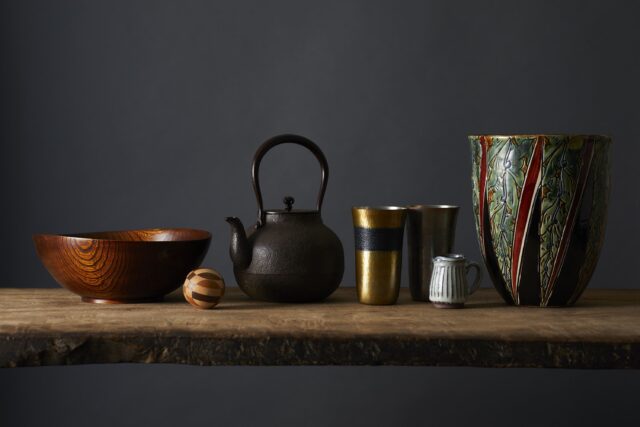Nakagawa Masashichi Shoten Redefines “How Craft Should Conclude” – Launches Circular Craft Program Alongside B Corp Certification
KOGEI Topics VOL.25


VOL.1-25
Update
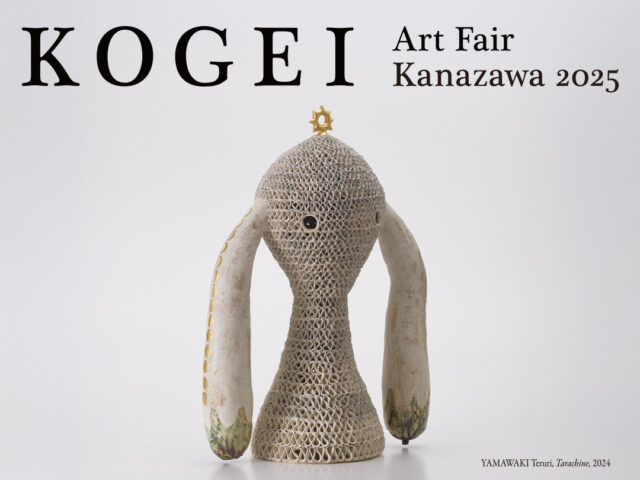
VOL.1-50
Update
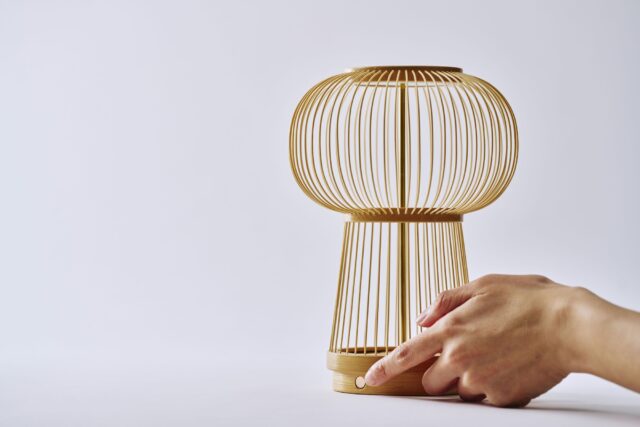
VOL.1-22
Update
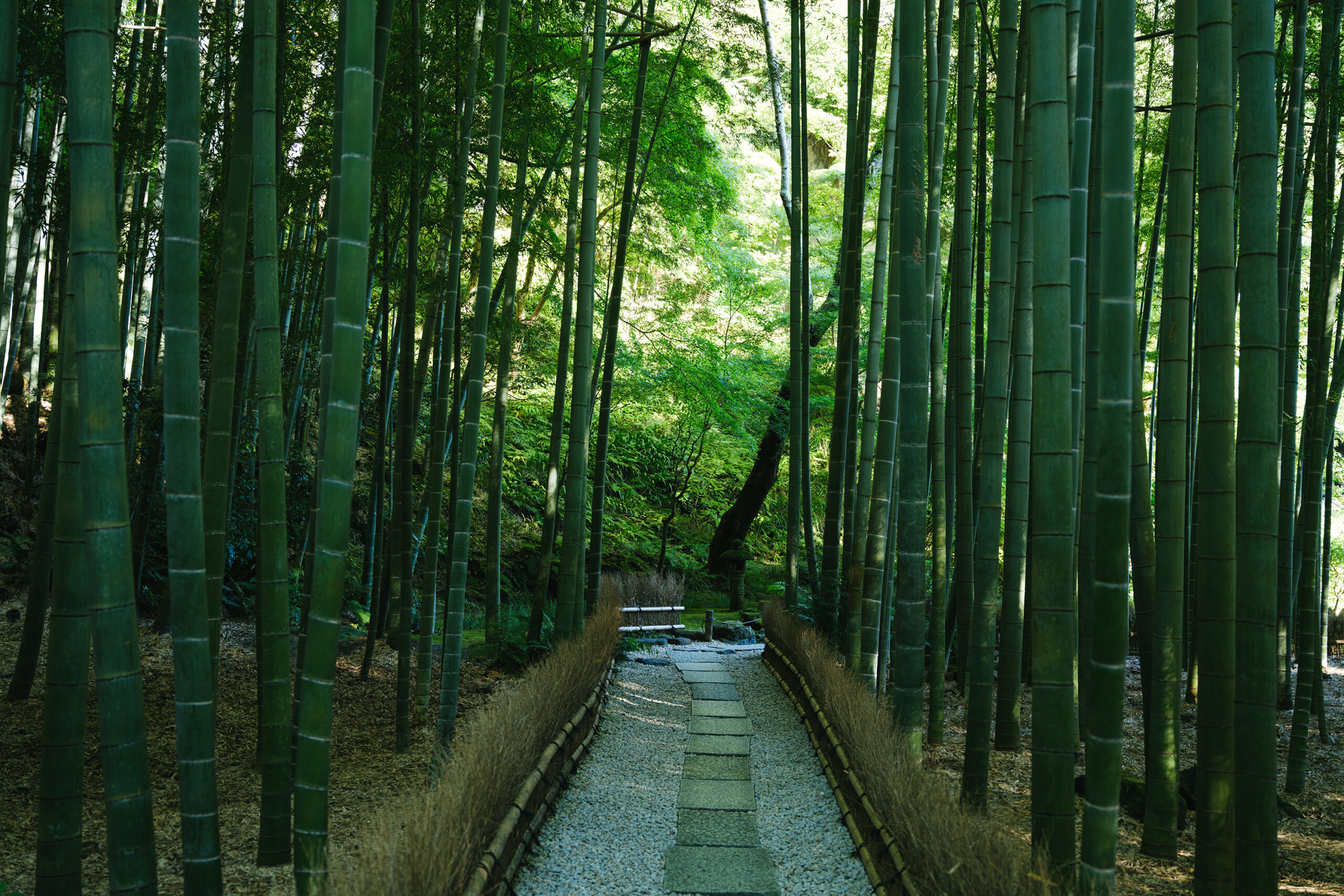
VOL.1-3
Update
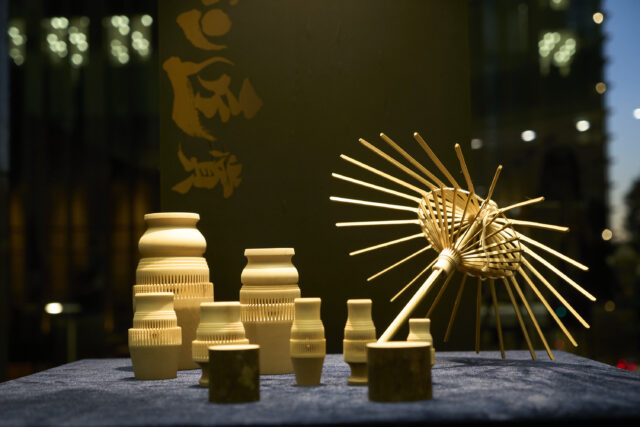
VOL.1-27
Update

VOL.1-4
Update
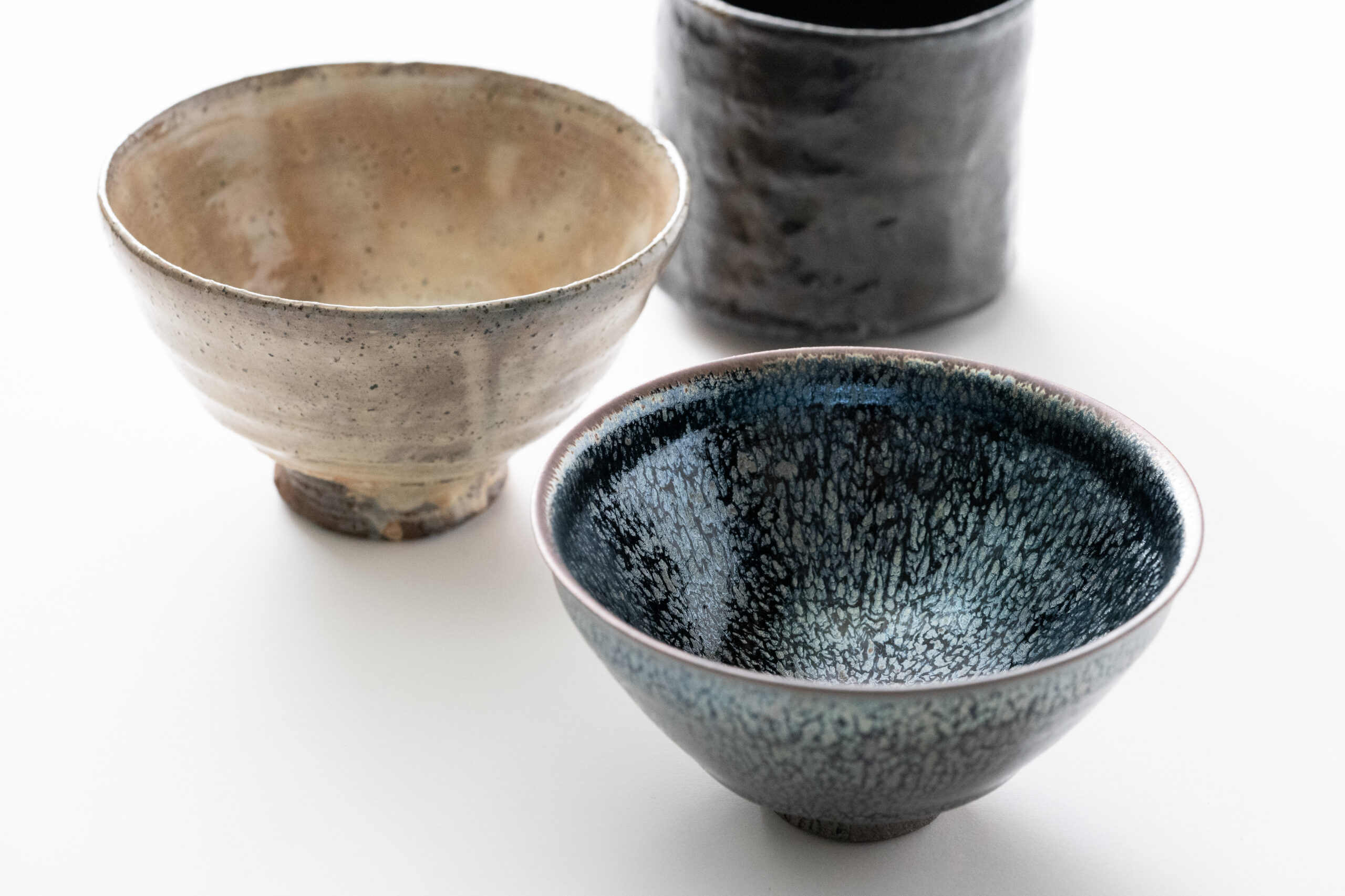
VOL.1-3
Update

VOL.1
Update
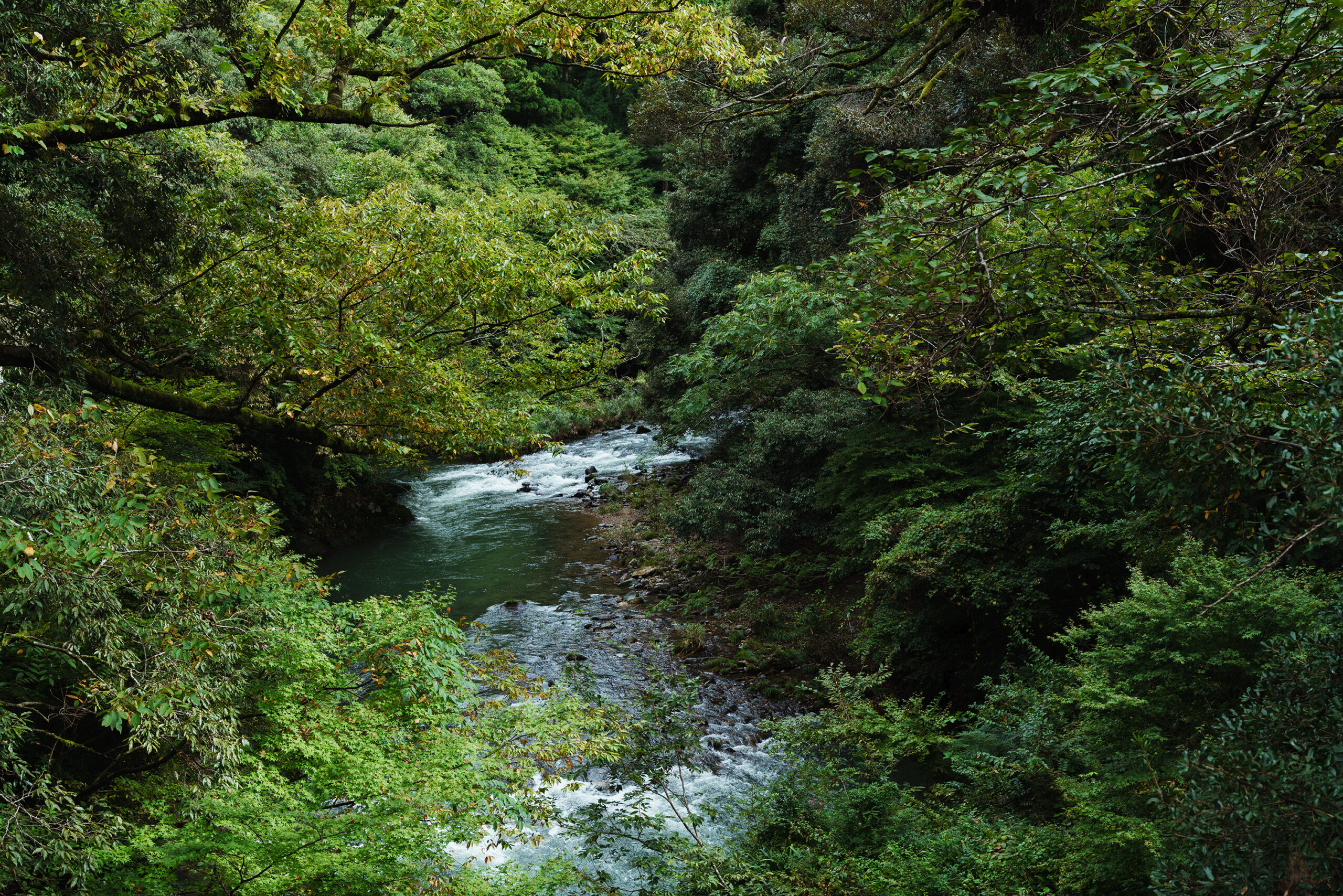
VOL.1-7
Update
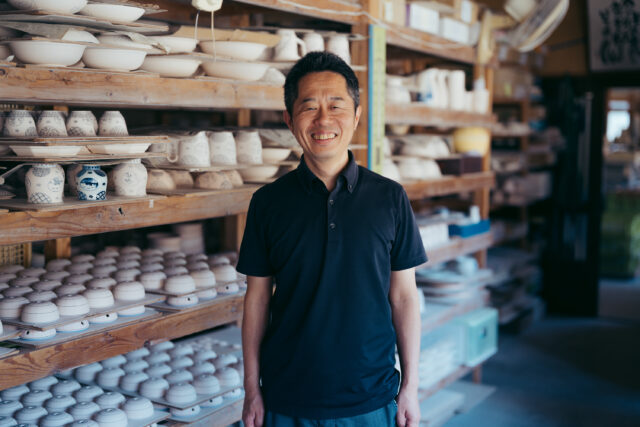
VOL.1-32
Update
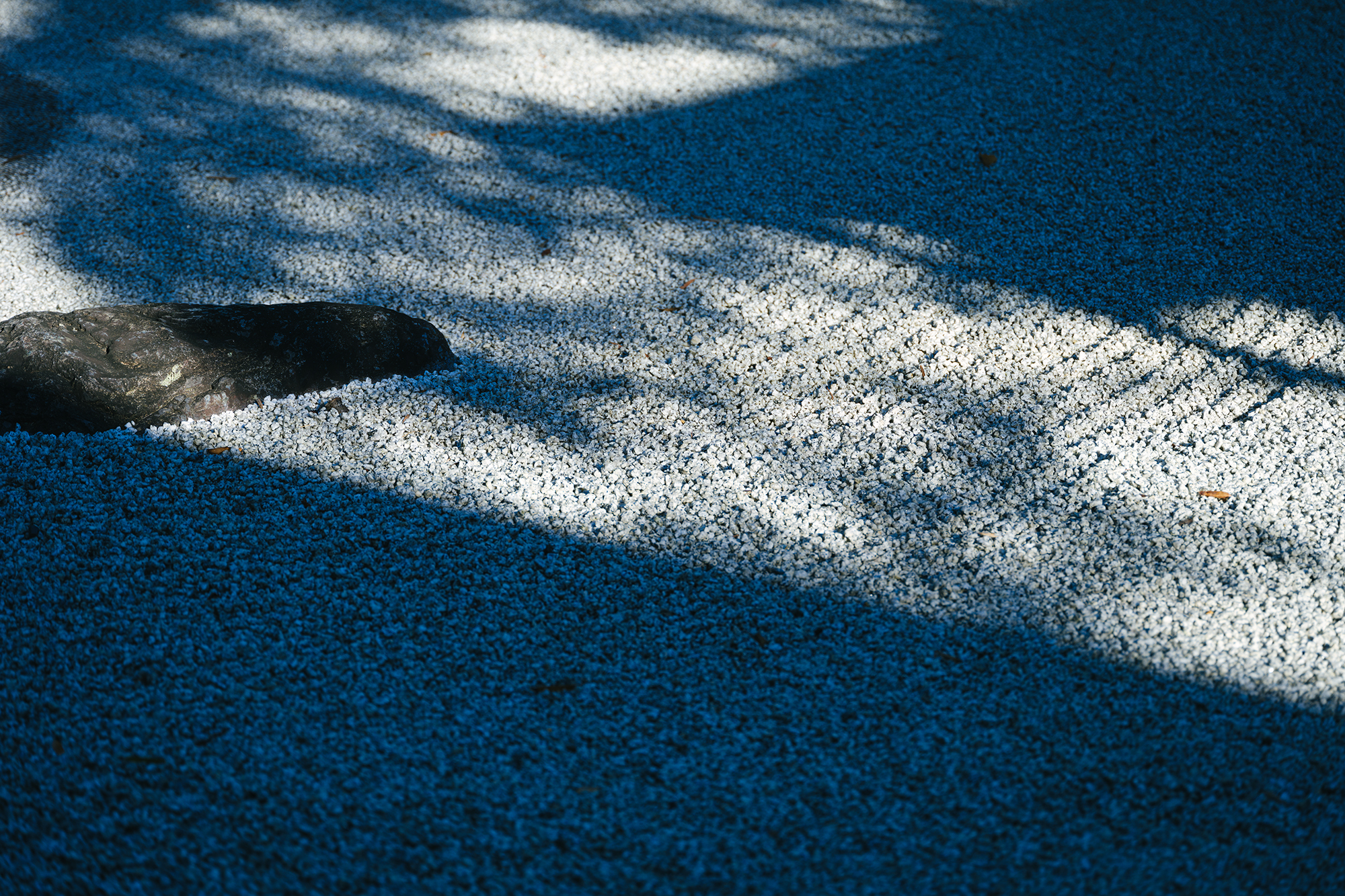
VOL.1-12
Update
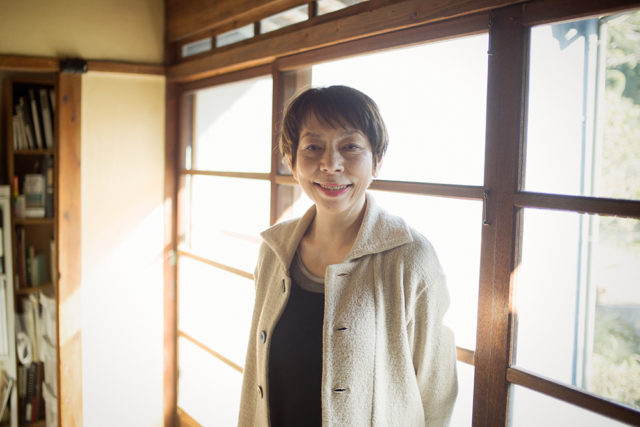
VOL.1
Update
We share a variety of information and perspectives on Japanese crafts, including exhibition information and interviews.
KOGEI Topics VOL.25
Featured Exhibitions & Events VOL.50
KOGEI Topics VOL.24
New Products VOL.22
Dec 9, 2025 – Mar 1, 2026
National Crafts Museum
Dec 12 – Dec 27, 2025
HULS GALLERY TOKYO
Dec 13 – Dec 21, 2025
essence kyoto
Dec 13 – Dec 28, 2025
GALLERY crossing

The Takatori-yaki Souke Kiln traces its origins to the official kiln of the Kuroda domain through an unbroken line to its first-generation founder, Hachizan Takatori. During the Edo period (1603-1868), under the guidance of tea master Enshu Kobori, the kiln came to produce refined tea wares in the style known as “kirei-sabi” (“beauty and simplicity”). Today, the techniques continue to be passed down in Toho-mura, Fukuoka Prefecture, through a one-to-one transmission from father to son. Distinguished by the use of finely ground clay prepared with a kara-usu mortar and a wide variety of glazes handed down through generations, Takatori-yaki Souke Kiln is celebrated for its graceful and elegant expression.
This piece, Chu-kai Tea Caddy, was crafted by the current thirteenth-generation head of the kiln, Hachizan Takatori, who studied under his father, the twelfth-generation Hachizan, and his grandmother, the eleventh-generation Seizan. It features a gently rounded, slightly flattened body, with a characteristically thin and carefully finished mouth in the Takatori ware style, offering a wide opening for ease of use. The subdued tones harmonize beautifully with the soft white of the ivory lid (ge-buta). Layers of glaze overlap to create subtle, complex variations in color, forming a landscape favored by Enshu. A single cascading streak down the front may be regarded as the work’s most striking highlight.
Takatori ware tea caddies were once treasured by feudal lords. The present generation’s work carries on this tradition, exuding a dignified refinement befitting its lineage.
